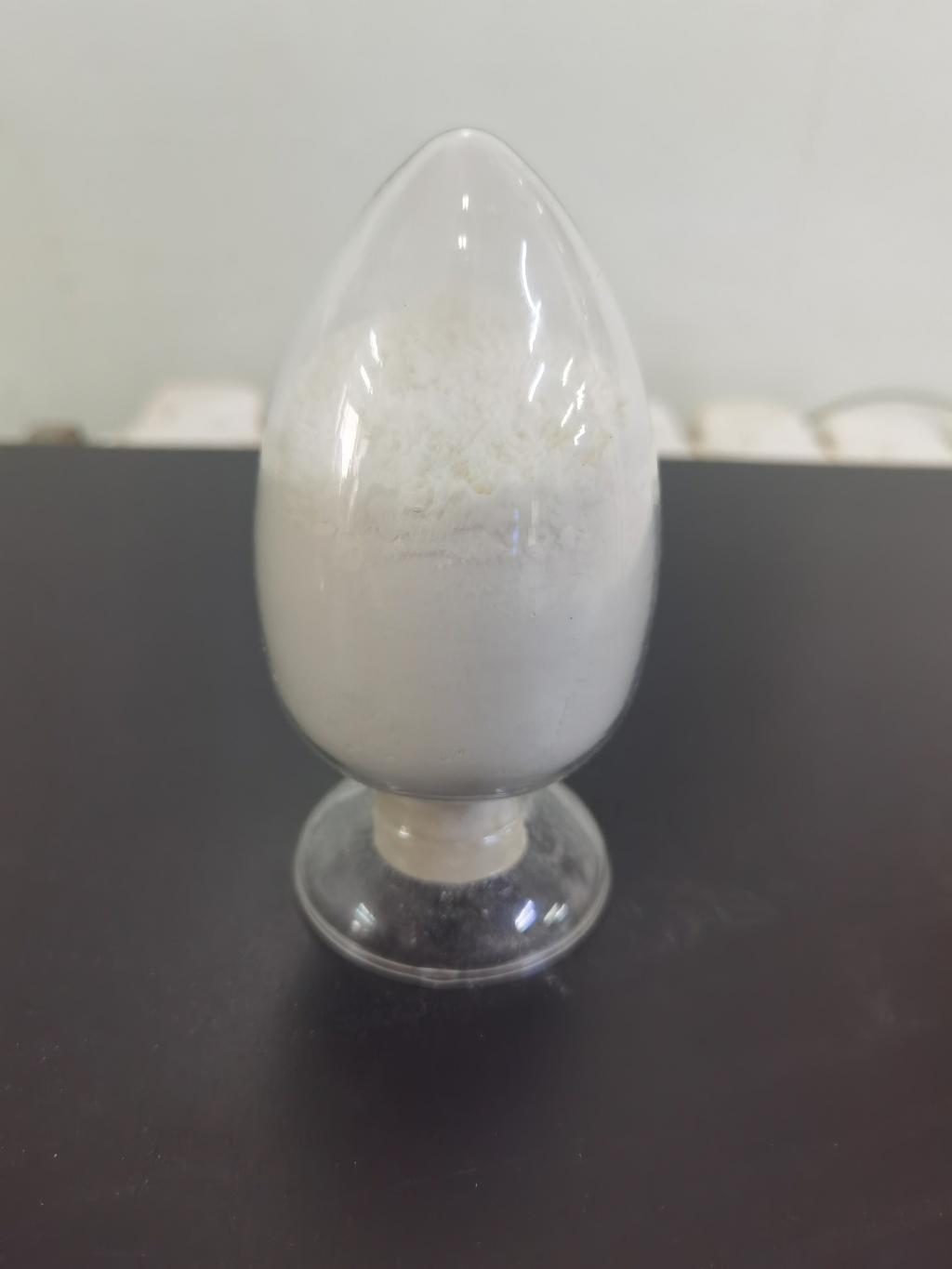Tel:+8618231198596

News
 CONTACT
CONTACT
 CONTACT
CONTACT
- Linkman:Linda Yao
- Tel: +8618231198596
- Email:linda.yao@dcpharma.cn
- Linkman:CHARLES.WANG
- Department:Overseas
- Tel: 0086 0311-85537378 0086 0311-85539701
News
Current Position:
Home >
News
>What research has been conducted on the efficacy of ε-Polylysine hydrochloride?
What research has been conducted on the efficacy of ε-Polylysine hydrochloride?
TIME:2023-05-30
Introduction
Food spoilage and foodborne illnesses pose significant challenges to the food industry and public health. Traditional chemical preservatives have raised concerns regarding their safety and consumer acceptance. As a result, there is a growing interest in finding natural and safe alternatives, leading to increased research on ε-PL as a potential food preservative.
Antimicrobial Activity
Numerous studies have evaluated the antimicrobial efficacy of ε-PL against a wide range of foodborne pathogens, spoilage microorganisms, and molds. ε-PL has demonstrated strong inhibitory effects on various bacteria, including Gram-positive and Gram-negative species. It has also exhibited antifungal properties, effectively controlling the growth of molds and yeasts. The antimicrobial activity of ε-PL is attributed to its ability to disrupt cell membranes, inhibit protein synthesis, and interfere with nucleic acid metabolism.
Safety Evaluation
Extensive toxicological studies have been conducted to assess the safety of ε-PL as a food preservative. These studies have investigated acute toxicity, mutagenicity, genotoxicity, allergenicity, and subchronic toxicity. The results consistently indicate that ε-PL is safe for consumption within the approved usage levels. However, further studies are needed to explore potential long-term effects and evaluate the safety of ε-PL in specific populations, such as infants and pregnant women.
Regulatory Status
The regulatory approval of ε-PL varies across countries. In some regions, such as Japan, China, and South Korea, ε-PL is approved as a food additive and can be used in a wide range of food products. In the European Union, ε-PL is categorized as a processing aid and is subject to specific regulations. In the United States, ε-PL is generally recognized as safe (GRAS) for use as a preservative in certain food categories. The regulatory status of ε-PL is continuously evolving, and it is important for manufacturers and regulators to stay updated on the latest developments.
Applications in Food Products
The efficacy of ε-PL as a food preservative has been investigated in various food products, including meat and poultry, seafood, dairy products, bakery items, and beverages. Studies have shown that ε-PL effectively inhibits the growth of spoilage and pathogenic microorganisms, leading to improved shelf life and enhanced safety. Furthermore, ε-PL has been found to have synergistic effects when combined with other natural preservatives or traditional methods, such as refrigeration and modified atmosphere packaging.
Consumer Acceptance and Sensory Evaluation
Consumer acceptance is a crucial factor for the successful implementation of any food preservative. Several studies have explored consumer perception, acceptance, and sensory properties of food products preserved with ε-PL. Overall, the results indicate that ε-PL does not significantly impact the sensory attributes of most food products. However, more research is needed to address potential sensory changes in specific food matrices and develop strategies to enhance consumer understanding and acceptance of ε-PL as a natural preservative.
Future Perspectives
While the research on ε-PL as a food preservative is promising, there are still areas that require further investigation. Future studies should focus on optimizing the dosage, exploring the mechanisms of action, and assessing the impact of ε-PL on the microbiota of the gastrointestinal tract. Additionally, more research is needed to evaluate the effectiveness of ε-PL under real-life conditions, such as food processing and storage scenarios.
Conclusion
The research conducted on ε-PL as a food preservative demonstrates its potential as an effective and safe alternative to traditional chemical preservatives. ε-PL exhibits strong antimicrobial activity against a broad spectrum of microorganisms, and its safety has been extensively evaluated. However, further research is needed to address regulatory aspects, consumer acceptance, and optimize its application in various food products. With continued investigation and industry adoption, ε-PL has the potential to contribute to safer and higher-quality food products in the future.
- Tel:+8618231198596
- Whatsapp:18231198596
- Chat With Skype







